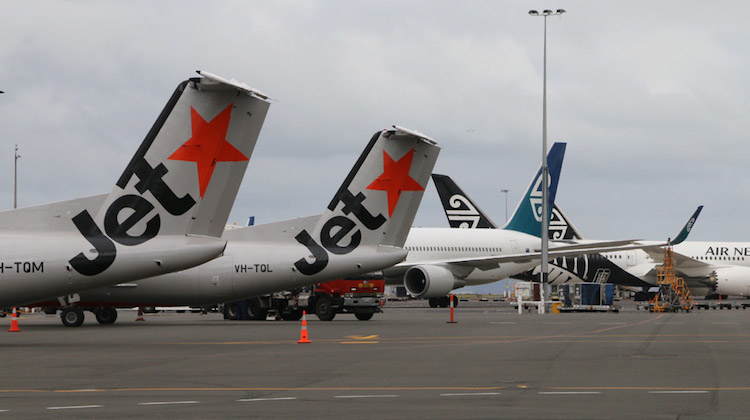
Jetstar says it plans to end regional turboprop services in New Zealand at the end of November due to ongoing losses and weak market conditions.
The proposal, announced on Wednesday, comes less than four years after the Qantas-owned low-cost carrier (LCC) commenced regional flights with five de Havilland Q300s based out of Auckland in December 2015.
Jetstar chief executive Gareth Evans said there was little chance of the regional services from Auckland to Napier, Nelson, New Plymouth and Palmerston North, as well as between Nelson and Wellington, becoming profitable given current market conditions.
“The New Zealand regional market is facing some headwinds, with softer demand and higher fuel costs and we don’t see the outlook changing any time soon,” Evans said in a statement.
“As a result, we’re announcing a proposal today to end our regional services, with the final flights on 30 November this year.
“We have given it a real go. However, despite four years of hard work, including becoming the most on- time of the two major regional airlines and having high customer satisfaction, our regional network continues to be loss-making.”
The proposed withdrawal of Jetstar’s regional flights would be discussed with its 70 staff and a final decision announced at the end of October.
Further, the LCC said it would would offer alternative employment options to affected Jetstar regional employees in other parts of the business in Australia and New Zealand.
Jetstar said the final turboprop flights, which were operated by Qantas’s Eastern Australia Airlines subsidiary on behalf of the LCC, would take place on November 30 2019. All passengers holding tickets for flights after that date would be offered a full refund.
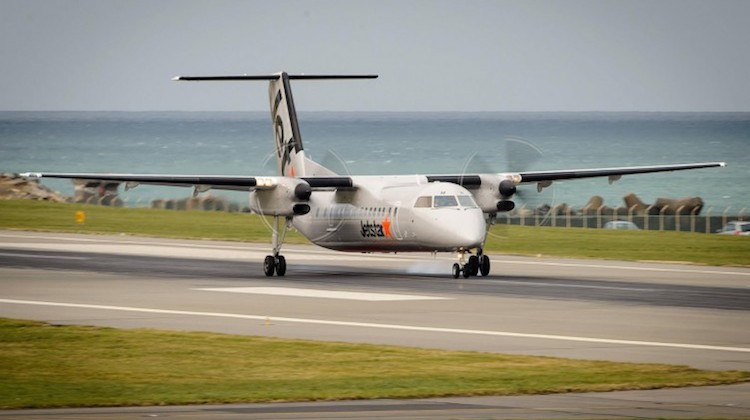
The airline said it had carried about 1.3 million passengers on its regional services since 2015. And in the past year a quarter paid less than $50 for their flight, while 75 per cent paid less than $100.
“Our regional customers have been very loyal and we’d like to thank them, and all our regional stakeholders including airports, local councils, businesses and tourism organisations, for their support,” Evans said.
“We’re immensely proud of what our regional team has achieved to help Kiwis see more of their country for less.”
Despite the proposal to end the five regional routes, Evans said Jetstar was still fully committed to its Airbus A320 operations on New Zealand trunk routes covering Auckland, Christchurch, Dunedin, Queenstown and Wellington, as well as its international flights across the Tasman and to Rarotonga in the Cook Islands
“It’s business as usual for the rest of our New Zealand operation,” Evans said.
“From the end of October, we’re doubling our Queenstown to Wellington services to six per week and we’ll continue to look at opportunities for our domestic trunk routes and international flying.”
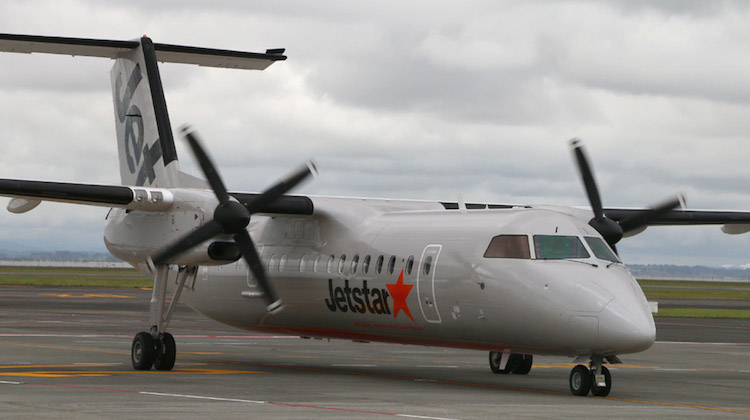
Qantas chief executive Alan Joyce highlighted Jetstar’s struggles with its New Zealand regional services at the airline group’s 2018/19 full year results in August.
“Our regional services in New Zealand were loss making and we’re monitoring this market closely,” Joyce said.
Jetstar is not the first airline to come up short against Air New Zealand in its home market.
Virgin Blue (the airline is now known as Virgin Australia) has its Pacific Blue operation flying domestically in New Zealand between November 2007 and October 2010.
And going further back, it was Jetstar that replaced Qantas on New Zealand domestic trunk routes in June 2009.
Statistics showed Air New Zealand held about 80 per cent passenger share in its home market. The airline had 52 turboprop aircraft – 29 ATR 72-500/600s and 23 Q300s – and 17 Airbus A320s flying on domestic routes, according to its website.
Jetstar’s New Zealand operation comprised of seven A320s, which were also used on international routes, alongside its five Q300s. There were also a handful of smaller regional operators.
Air New Zealand has not been immune to the slowdown in its domestic market, reporting a 31 per cent decline in full year profit in 2018/19 amid what it described as a “lower growth environment“.
The airline has also been aggressively pricing its domestic fares in recent times to stimulate demand.
It said in a statement following the Jetstar announcement on Wednesday it would offer passengers affected by the end of those Q300 regional routes the option of purchasing a seat for the same route on the same day for no more than $50.
Air New Zealand chief revenue officer Cam Wallace also committed not to increase the lowest lead-in fares on the affected routes until at least the end of 2020, subject to fuel prices remaining stable.

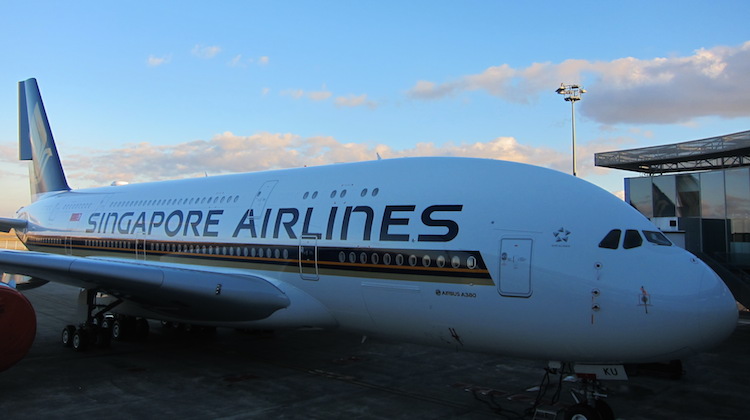



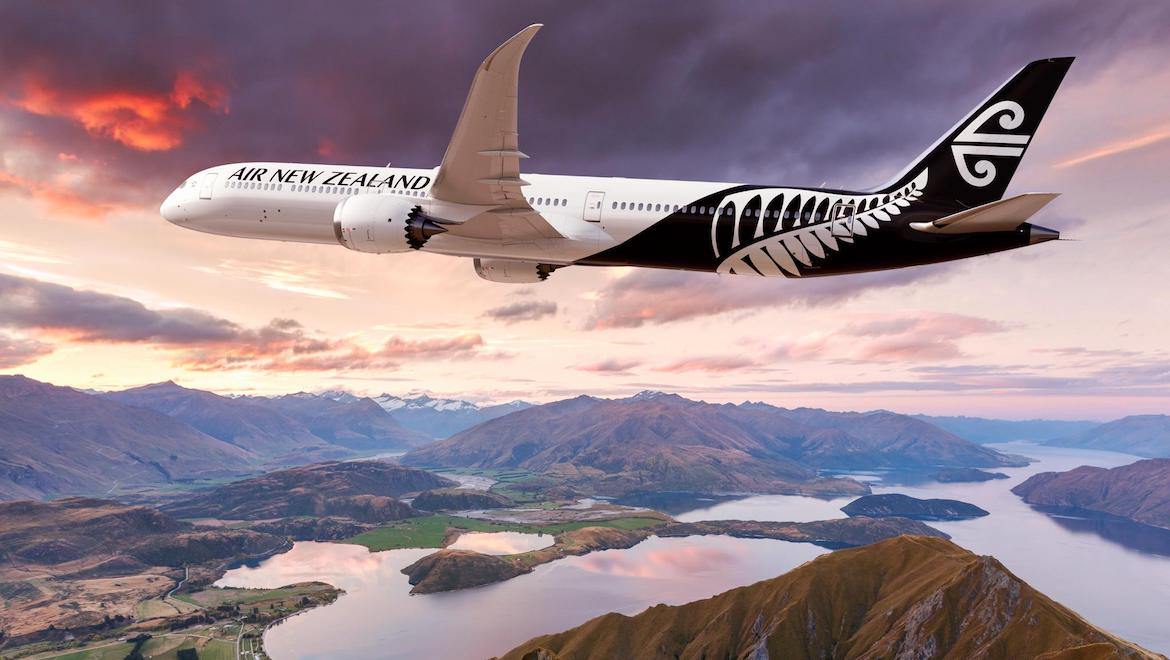




Phil
says:It does not at all surprise me considering Qantas’s new found friendship with Air NZ. I’m surprised Jetstar NZ wasn’t shut down earlier.
ian
says:so nz lead in fares won’t increase, but rest will increase dramatically. It’s called a monopoly.
Tom
says:I wonder where all those Q300’s will end up once those services cease. probably back in Qantas colours again?
Lechuga
says:Would be nice if we could get some regional Jetstar aircraft in Aus. Especially ex-Melbourne at the moment. Some routes like off to Mildura, Albury, King Island and Devonport, could give Rex a real run on those routes.
Baxter
says:I agree, lots of Western Australia would like to see them help reduce our regional fares such as Kalgoorlie.
Doubt it will happen Qantas wants to force us to pay premium
NR
says:Griffith to Sydney in competition to Rex would be good to use excess Q300s. Annual pax numbers closing in on 100k. Right size to start competition on this lucrative route for Rex.